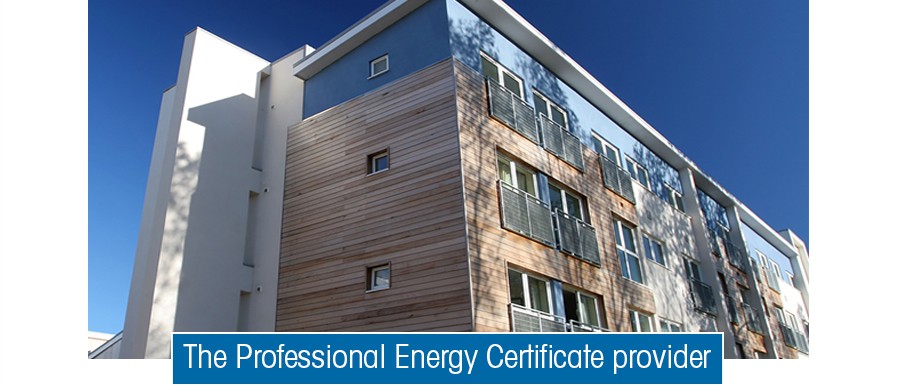Key Points
- Optimum air quality and temperature within an enclosed space will maintain occupant health and comfort.
- Losses from ventilation and general air exchange can account for up to half of the primary energy used in a building.
- Poorly managed buildings can increase the risk of interstitial condensation degrading the building fabric.
- Poorly maintained and/or incorrectly sized air conditioning plant can increase direct energy costs.
- Lack of compliance with air quality and air conditioning regulations can result in finance penalties.
Cost Comparison. The energy costs and associated CO2 emissions of a typical air conditioned building are 30% higher than a naturally ventilated building. It is also more likely to have increased capital and maintenance costs.
Air conditioning and ventilation – Why Bother? Effective air conditioning and ventilation are critical in:
Providing comfort for building occupants;
Enabling a process to be undertaken; and
To avoid deterioration of stored products and materials.
Impact of climate change. Changes in climate will affect energy use in buildings. Average annual temperatures in the UK are predicted to increase by a few degrees over this century particularly in the south-east of England. Naturally ventilated buildings are likely to overheat more frequently in extreme conditions and air conditioning systems may fail more regularly. It is probable that full air conditioning will be demanded in more buildings to control summer temperatures and humidity, leading to an increase in energy usage.
